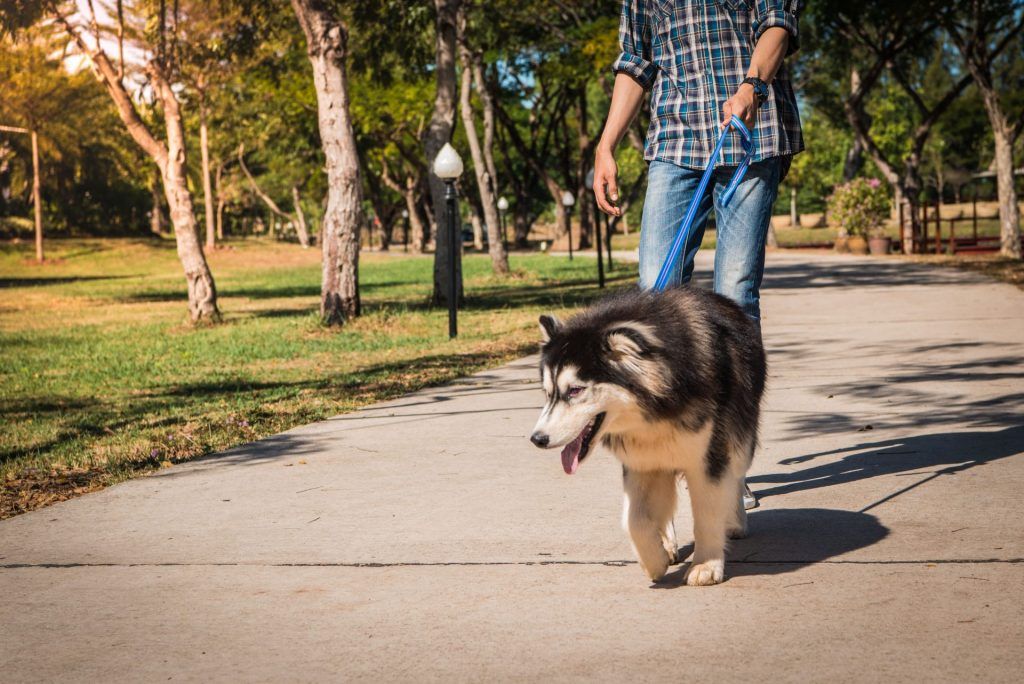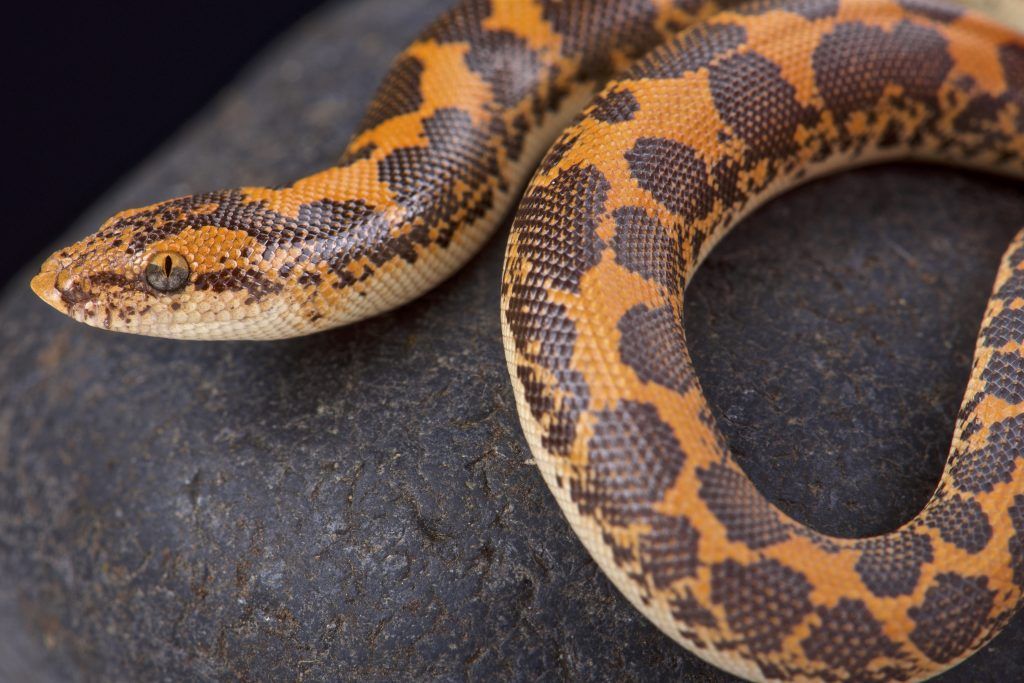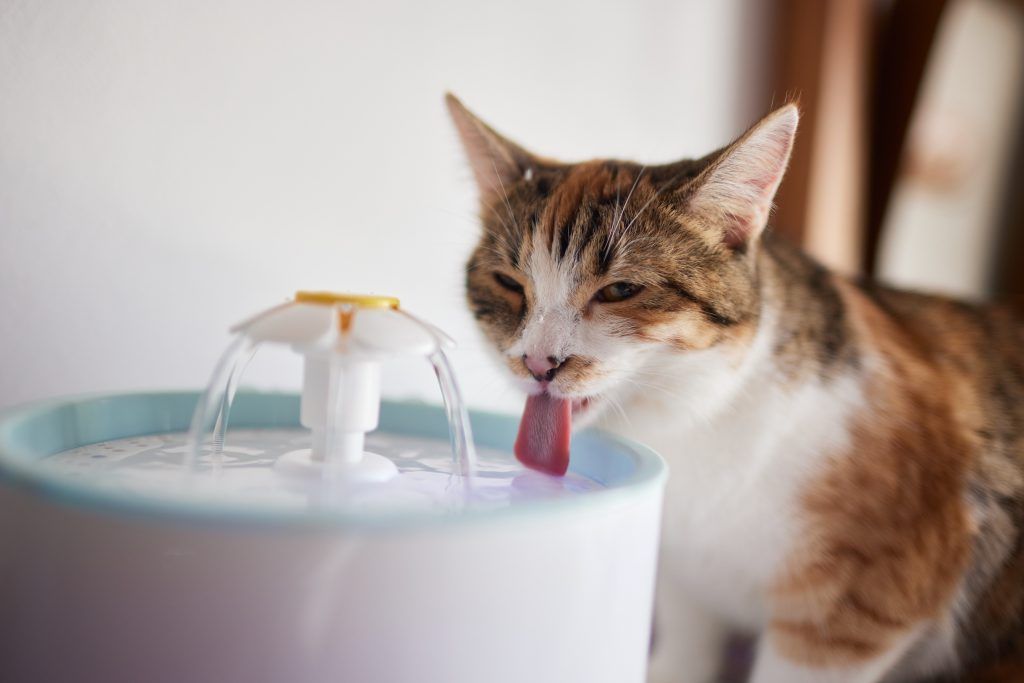Overview of the Siberian Husky
The Siberian Husky is a medium-sized working sled dog breed that originated from Siberia and was later brought to Nome, Alaska, for sled-dog racing. The breed belongs to the Spitz genetic family and is recognizable by its thickly furred double coat, erect triangular ears, and distinctive markings. The Siberian Husky is a loyal, outgoing, and mischievous dog that enjoys family life and gets along well with other dogs. The breed is also known for its powerful but seemingly effortless gait, its high energy level, and its need for a job.
Quick Facts
- Breed Group: Working
- Height: 20 to 24 inches at the shoulder
- Weight: 35 to 60 pounds
- Life Span: 12 to 15 years
- Coat: Thick, double coat that comes in various colors and patterns
- Eyes: Almond-shaped, can be either brown or blue, or sometimes one of each
- Temperament: Friendly, gentle, intelligent, independent, adventurous
- Exercise Needs: High; at least 1 hour of vigorous exercise per day
- Grooming Needs: High; daily brushing and occasional bathing; sheds heavily twice a year
- Training Needs: Moderate; responds well to positive reinforcement but can be stubborn and independent
- Suitability: Best for active owners who can provide enough exercise, stimulation, and companionship; not recommended for apartment living or hot climates
Breed History
The Siberian Husky is an ancient breed that dates back to the Chukchi people of northeastern Siberia. The Chukchi used the dogs as sled dogs, hunting companions, and family pets. The dogs were bred to withstand harsh weather conditions, long distances, and minimal food. They were also valued for their friendly and gentle nature with people and other dogs.
The breed was introduced to Alaska in 1908 by a Russian fur trader named William Goosak, who entered his dogs in the All-Alaska Sweepstakes, a 408-mile sled dog race. The Siberian Huskies proved to be faster and more enduring than the native dogs and soon became popular among the mushers. In 1925, a team of Siberian Huskies led by a dog named Balto delivered life-saving serum to Nome during a diphtheria epidemic, earning them national fame and recognition.
The Siberian Husky was recognized by the American Kennel Club in 1930 and by the Canadian Kennel Club in 1939. The breed has since become popular as a companion dog, a show dog, and a working dog in various fields such as search and rescue, therapy, and sledding.
Famous Siberian Huskies
Some of the most famous Siberian Huskies from history and pop culture are:
- Balto: The lead dog on the last leg of the serum run to Nome in 1925; his statue stands in Central Park in New York City.
- Togo: Another hero of the serum run to Nome; he covered the longest and most dangerous part of the journey.
- Laika: The first animal to orbit the Earth; she was launched into space by the Soviet Union in 1957. She was a Siberian husky/terrier mix rather than a pure husky.
- Demon: The leader of the Snow Dogs team in the 2002 comedy film Snow Dogs.
Siberian Huskies have been seen extensively in pop culture for decades, including being the inspiration behind the CGI-created Dire Wolves in Game of Thrones.
Fun Fact: The dogs used for real filming scenes in Game of Thrones were Northern Inuit Dogs, a crossbreed related to Siberian Huskies and German Shepherds.
Siberian Husky Highlights
Some of the highlights of owning a Siberian Husky are:
- They are friendly and affectionate with their family and strangers alike.
- They are playful and fun-loving dogs that enjoy various activities such as hiking, jogging, or sledding.
- They are intelligent and trainable dogs that can learn various tricks and commands.
- They are beautiful dogs with striking eyes and coats that come in many colors and patterns.
Some of the challenges of owning a Siberian Husky are:
- They require a lot of exercise and stimulation to prevent boredom and destructive behavior.
- They have a strong prey drive and will chase small animals if not properly trained or supervised.
- They are independent and willful dogs that may not always listen to their owners or follow rules.
- They shed heavily twice a year and need regular grooming to keep their coat healthy and clean.
Siberian Husky Characteristics
Size
The Siberian Husky is a medium-sized dog that stands between 20 to 24 inches at the shoulder and weighs between 35 to 60 pounds. Males are usually larger than females. The breed standard states that the Siberian Husky should be “well balanced, light on his feet, free and graceful in action” and that “his body proportions and form reflect this basic balance of power, speed, and endurance.”
Coat
The Siberian Husky has a thick, double coat that consists of a dense undercoat and a longer outer coat. The coat provides insulation and protection from the cold and the sun. The coat comes in various colors and patterns, such as black, gray, red, sable, white, agouti, piebald, or saddleback. The markings can be solid, spotted, or splashed. The breed standard states that “all colors from black to pure white are allowed” and that “a variety of markings on the head is common.”
Physical Traits
The Siberian Husky has several distinctive physical traits that make it stand out from other breeds. Some of these traits are:
- Eyes: The eyes are almond-shaped and can be either brown or blue, or sometimes one of each. The breed standard states that “eyes may be brown or blue in color; one of each or parti-colored are acceptable” and that “expression is keen but friendly; interested and even mischievous.”
- Ears: The ears are triangular, medium-sized, and erect. They are set high on the head and point slightly forward. The breed standard states that “the ears are thick, well furred, slightly arched at the back, and strongly erect” and that “they are set well apart on the outside back edges of the skull on line with the upper corner of the eye.”
- Tail: The tail is long, well-furred, and sickle-shaped. It is carried over the back or to one side when the dog is alert or excited. It is dropped when the dog is relaxed or at rest. The breed standard states that “the well-furred tail of fox-brush shape is set on just below the level of the topline” and that “the tail is carried over the back in a graceful sickle curve when the dog is in action or excited”.
Personality
The Siberian Husky has a friendly, gentle, and intelligent personality. They are loyal to their family and enjoy being around people. They are also outgoing and curious dogs that like to explore new places and meet new friends. They are not aggressive or territorial and will usually greet strangers with a wag of the tail.
The Siberian Husky is also a playful and fun-loving dog that likes to have fun and make their owners laugh. They are often described as mischievous and clownish dogs that can be very entertaining. They enjoy various games and activities such as fetch, tug-of-war, or hide-and-seek.
The Siberian Husky is also an independent and adventurous dog that likes to have some freedom and autonomy. They are not very obedient or submissive dogs and may not always listen to their owners or follow rules. They have a strong will and a mind of their own. They may also try to escape from their yard or leash if they see something interesting or exciting.
Siberian Husky Health
The Siberian Husky is a genetically healthy breed that can live up to 15 years or more. However, like any breed, they are prone to a few health issues, such as:
- Hip dysplasia: A condition where the hip joint does not form properly. Either the femoral head or the acetabulum (socket) can be malformed, which prevents or limits mobility and causes pain, inflammation, and arthritis.
- Eye problems such as:
- cataracts (clouding of the lens)
- corneal dystrophy (degeneration of the cornea)
- progressive retinal atrophy (degeneration of the retina)
- glaucoma (increased pressure in the eye).
Siberian Husky Care Needs
The Siberian Husky has high care needs that owners should be prepared to meet. Some of these needs are:
- Exercise: The Siberian Husky needs at least 1 hour of vigorous exercise per day to keep them healthy and happy. They enjoy activities such as hiking, jogging, running, biking, or sledding with their owners. They also need mental stimulation such as toys, puzzles, or training to prevent boredom and destructive behavior.
- Grooming: The Siberian Husky needs regular grooming to keep their coat healthy and clean. They need daily brushing and occasional bathing. They shed heavily twice a year and need more frequent brushing during those times. They also need their nails trimmed, their ears cleaned, and their teeth brushed regularly.
- Feeding: The Siberian Husky needs a high-quality diet that meets their nutritional needs and energy level. They should be fed twice a day and have access to fresh water at all times. They may also benefit from supplements such as omega-3 fatty acids or glucosamine for their coat and joints.
- Training: The Siberian Husky needs early and consistent training to learn good manners and obedience. They respond well to positive reinforcement and praise but can be stubborn and independent. They may also have a tendency to howl, dig, or escape if bored or lonely. They need a firm and patient owner who can provide them with enough mental and physical stimulation.
- Socialization: All dogs need proper socialization from a young age to become well-rounded, confident dogs. They should be exposed to different people, animals, places, and situations in a positive and safe way. Siberian huskies are generally friendly and sociable dogs that get along well with other dogs, but they may have a strong prey drive and chase small animals if not trained or supervised.
Do Siberian Huskies Get Along with Children and Other Pets?
The Siberian Husky can be a good family dog that enjoys the company of children and other pets. However, they are not recommended for homes with very young or small children, as they may accidentally knock them over or play too roughly with them. They may also mistake small pets such as cats, rabbits, or birds as prey and try to chase or harm them.
The Siberian Husky should be supervised when interacting with children and other pets, especially if they are not familiar with them. They should also be taught to respect the boundaries and signals of others, such as when to stop playing or when to leave them alone. Children should also be taught how to properly approach, handle, and play with the Siberian Husky, such as not pulling their ears or tail, not teasing or startling them, and not taking their food or toys.
Siberian Husky Rescue Groups
If you are interested in adopting a Siberian Husky, you may want to consider contacting a rescue group that specializes in this breed. Rescue groups are organizations that take in unwanted, abandoned, or abused dogs and provide them with medical care, rehabilitation, and foster homes until they find their forever homes. Rescue groups often have more information about the personality, history, and health of the dogs they have available for adoption.
Some of the rescue groups that focus on Siberian Huskies are:
FAQs
Q: What is a Siberian Husky?
A: Huskies are a type of medium-sized dog that originated in Siberia. They are known for their thick, double-layered coat, their striking blue eyes, and their friendly, outgoing personalities. Huskies are often used as working dogs, and they have been used for a variety of tasks, such as sledding, carting, and racing.
Q: What is the life expectancy of a Siberian Husky?
A: The average life expectancy of a Siberian husky is 12-15 years. However, with proper care and nutrition, some have lived up to 16-20 years.
Q: Are huskies good with kids?
A: Yes! Huskies are generally very good with children and make wonderful family pets. They are loyal and affectionate, and their outgoing personalities make them great playmates. However, they can be a bit rowdy at times, so it’s important to supervise any interactions between a husky and children.
Q: How much exercise does a Siberian Husky need?
A: Huskies are an active breed and need plenty of exercise. They should have at least an hour of exercise per day, but more is better. Huskies love to run, so if you have access to a large, fenced-in area, they will appreciate the opportunity to stretch their legs.
Q: Do huskies shed a lot?
A: Yes, huskies shed a lot. They have a thick, double-layered coat that sheds year-round and becomes especially thick and heavy in the spring and summer months. Regular brushing and grooming will help keep the shedding under control.
























